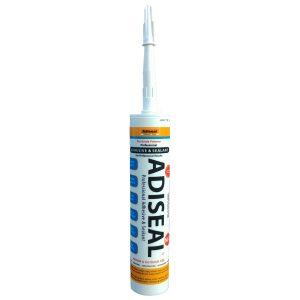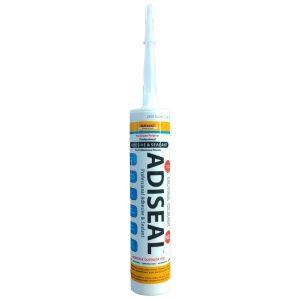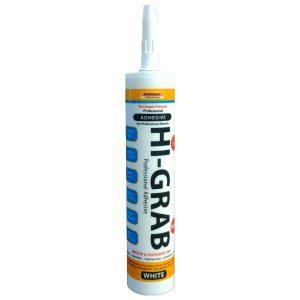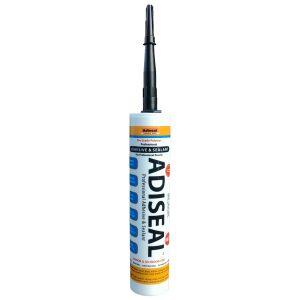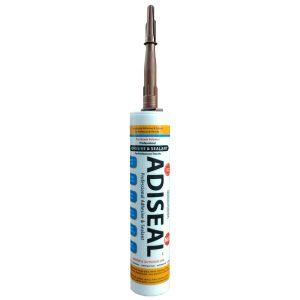Glue for Stone
Glue for Stone: Right Adhesive for Your Stone Projects
When it comes to working with stone, finding the right glue for stone is essential to ensure a strong and durable bond. In this article, we will explore the importance of selecting the appropriate adhesive and provide valuable insights to help you make informed decisions for your stone projects.
Understanding Glue for Stone
1. Adhesive Options:
– Epoxy Adhesive: Epoxy-based adhesives are known for their exceptional bonding strength and durability, making them ideal for various types of stone.
– Polymer & Polyurethane Adhesive: Polymer or Polyurethane adhesives offer flexibility and excellent resistance to moisture, making them suitable for both interior and exterior stone applications.
2. Factors to Consider:
– Porosity: Take into account the porosity of the stone surface as it affects the adhesive’s penetration and bond strength.
– Flexibility: Consider the flexibility required for the specific stone project, especially for applications where movement or vibrations may occur.
– Curing Time: Evaluate the adhesive’s curing time and ensure it aligns with the project’s timeline.
Tips for Using Glue for Stone
1. Surface Preparation:
– Clean the stone surface thoroughly to remove any dust, dirt, or debris that may hinder the bonding process.
– Use a mild detergent and water solution or a stone-specific cleaner for optimal cleaning.
2. Adhesive Application:
– Apply the adhesive evenly on both surfaces that need to be bonded, ensuring full coverage.
– Use a notched trowel or a suitable tool to create ridges or grooves for enhanced adhesive contact.
3. Bonding Process:
– Join the stone surfaces together, applying firm and even pressure to achieve a strong bond.
– Clamp or support the stone pieces if necessary to maintain alignment and allow the adhesive to cure properly
Precautions for Gluing Stone
1. Safety Measures:
– Follow the adhesive manufacturer’s instructions regarding proper ventilation and the use of protective equipment.
– Some adhesives may emit strong odors or require additional safety precautions, so read the instructions carefully.
2. Stone Compatibility:
– Ensure the adhesive is suitable for the specific type of stone you are working with to avoid any adverse reactions or discoloration.
– Test the adhesive on a small, inconspicuous area of the stone before proceeding with the full application.
Conclusion:
Choosing the right glue for stone is essential for achieving durable and reliable bonds in your stone projects. Epoxy and polyurethane adhesives are popular choices due to their excellent bonding properties and versatility. Proper surface preparation, even adhesive application, and appropriate curing time are key factors for successful bonding. Always prioritize safety and test the adhesive’s compatibility with your stone before proceeding with the full application. By following these guidelines, you can confidently work with stone and create stunning and long-lasting results.
Showing all 6 resultsSorted by popularity
